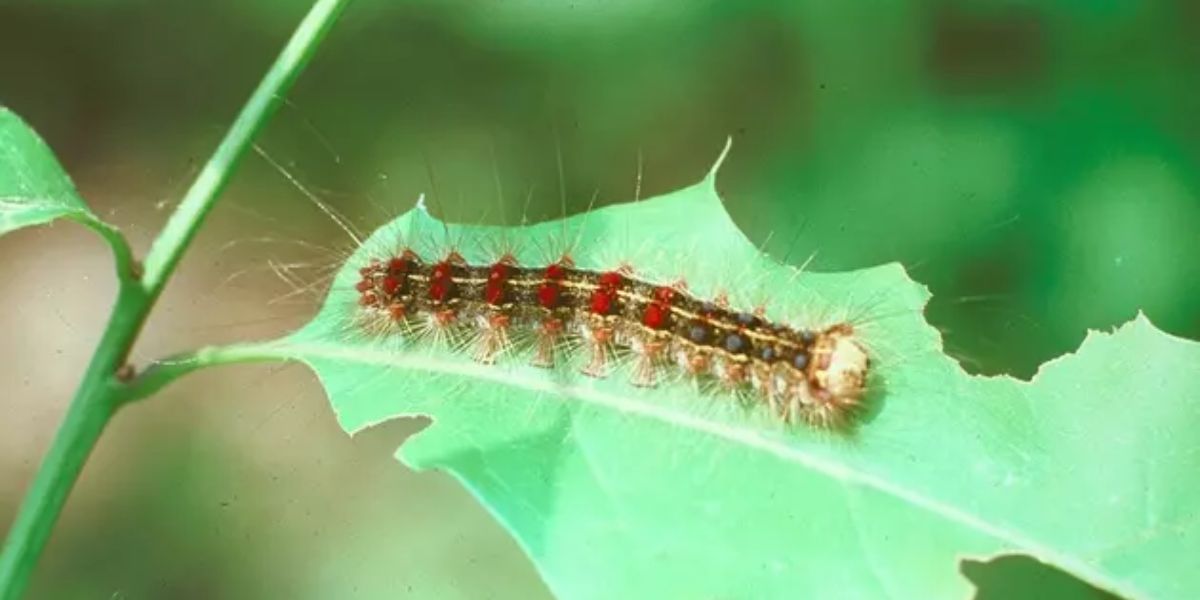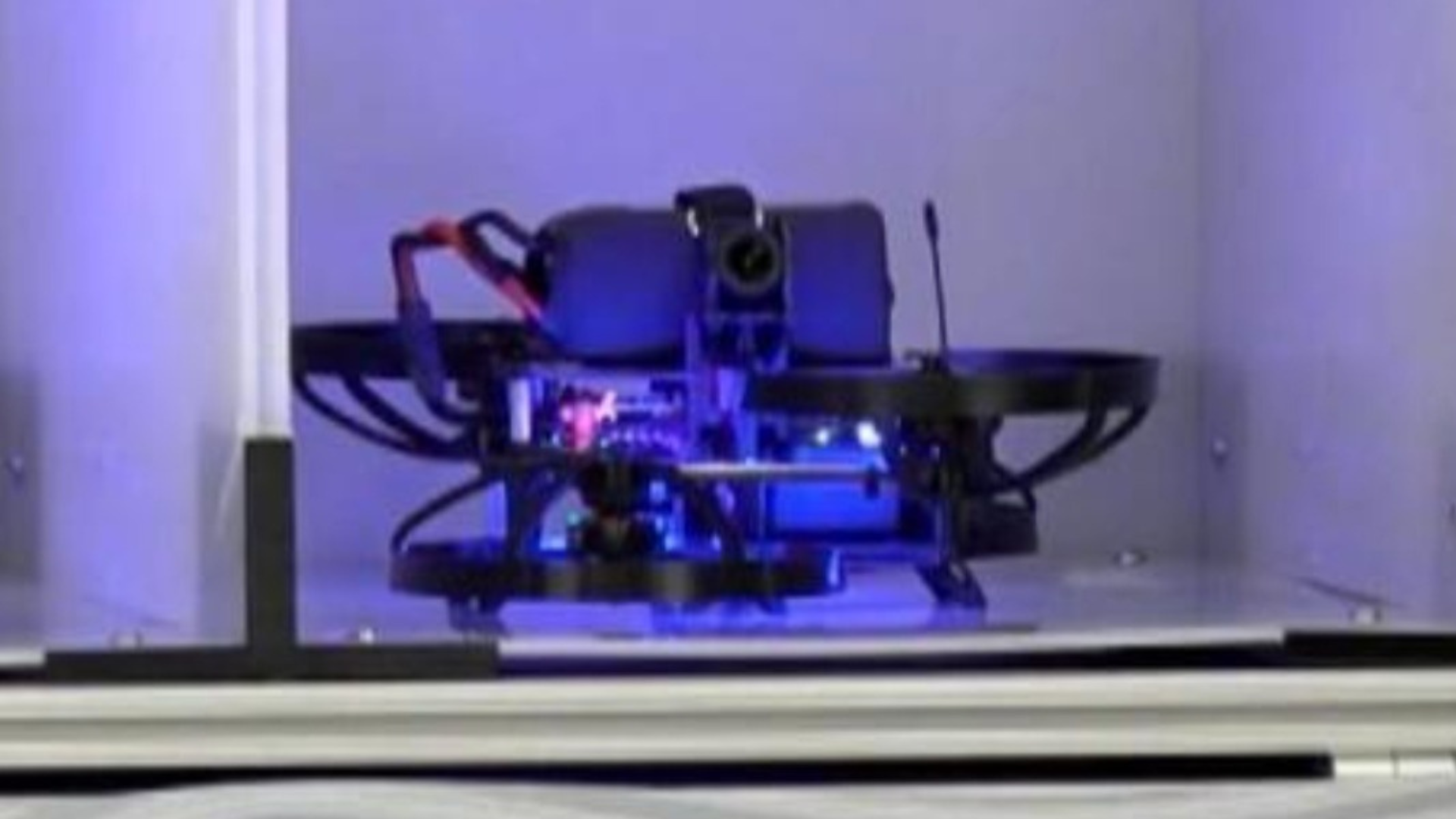As summer approaches, residents across northern Illinois are facing a new threat to their trees and landscapes. The Illinois Department of Agriculture (IDOA) has issued a multi-county quarantine to combat the rapid spread of the invasive spongy moth, formerly known as the gypsy moth. This urgent action affects several counties and aims to protect the state’s forests and greenery from severe defoliation.
Counties Under Quarantine
The quarantine currently encompasses the following counties:
- Cook
- DuPage
- Lake
- McHenry
- Kane
- Kendall
- LaSalle
- Will
- Boone
- Winnebago
These areas have reported significant infestations of the spongy moth, prompting the IDOA to implement measures to prevent further spread.
What Residents Need to Know
Under the quarantine, residents and businesses in the affected counties are required to:
- Inspect vehicles, outdoor furniture, camping gear, and other items for spongy moth egg masses before moving them out of the quarantine zone.
- Ensure that nursery and lumber products are inspected or certified prior to transportation.
- Avoid moving firewood from quarantined areas, as it can harbor egg masses.
Failure to comply with these regulations can result in fines up to $500, and any prohibited items may be confiscated or destroyed.
Understanding the Spongy Moth Threat

The spongy moth (Lymantria dispar) is an invasive species known for its destructive feeding habits. Caterpillars feed on the leaves of over 300 tree and shrub species, with a preference for oak, willow, and hickory trees. Heavy infestations can lead to complete defoliation, weakening trees and making them susceptible to diseases and other pests.
The moths lay egg masses on various surfaces, including trees, outdoor equipment, and vehicles. These egg masses can easily be transported to new locations, facilitating the spread of the infestation.
Control Measures and Public Involvement
The IDOA, in collaboration with the U.S. Department of Agriculture, is actively working to control the spongy moth population through:
- Aerial Treatments: Applying Bacillus thuringiensis var. kurstaki (Btk), a naturally occurring bacterium that targets caterpillars without harming humans, pets, or beneficial insects.
- Mating Disruption: Using pheromone treatments to interfere with the moths’ breeding cycles.
Public cooperation is crucial in these efforts. Residents are encouraged to participate in local informational sessions and to stay informed about treatment schedules in their areas.
To protect Illinois’s natural resources, it’s imperative for residents in the quarantined counties to adhere to the guidelines set forth by the IDOA. Regular inspections of outdoor items and compliance with movement restrictions can significantly aid in controlling the spread of the spongy moth.
Stay informed and follow us for more local updates.












